Staying Fit

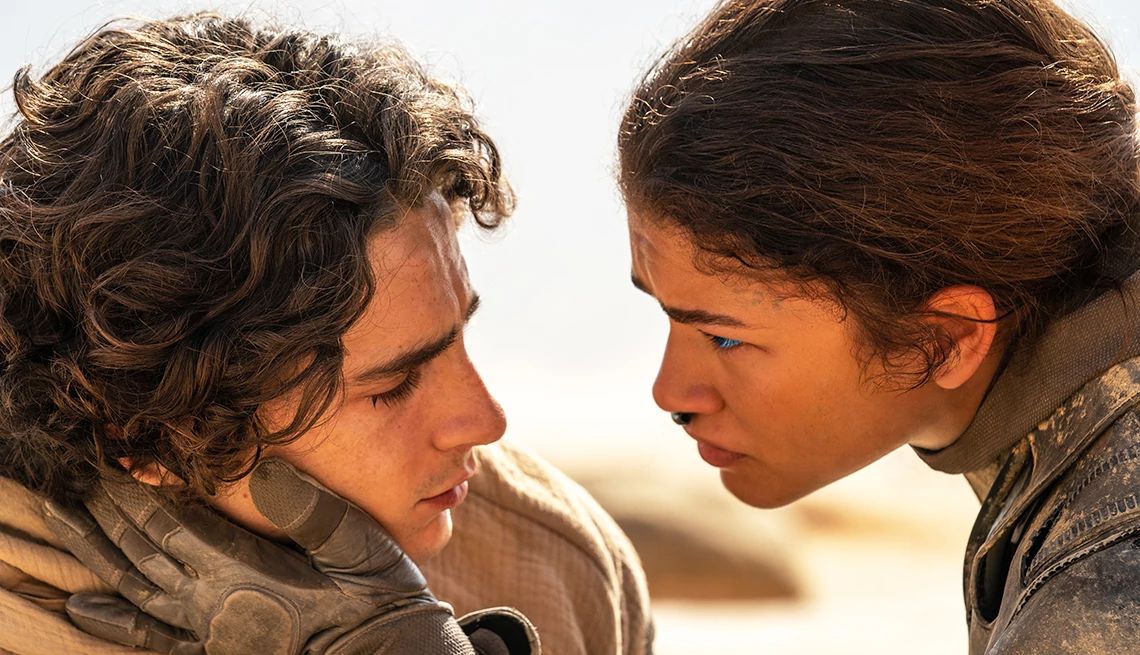
Director Denis Villeneuve, 56, created an overwhelmingly powerful, two-movie adaptation of Frank Herbert’s classic novel Dune with serious Star Wars DNA, but the tale of its hero Paul Atreides is a lot harder to understand than Luke Skywalker’s. Here is some background that will give you a better shot at comprehending the most ambitious sci-fi extravaganza of the year.
You don’t have to see the first Dune to enjoy the second.
The first half of the Dune saga, released in 2021, was like the first Star Trek movie — not all that much happens; it’s mostly just an introduction to a cool, complicated world to be explored in a later movie. “Dune: Part One is like an appetizer, and Dune: Part Two is the main meal,” Villeneuve says.
There’s lots more plot in the 2024 Dune, but most viewers will find it convolutedly elusive. The film is so spectacularly, visually original, many won’t mind being deeply puzzled, yet intrigued.


AARP Membership— $12 for your first year when you sign up for Automatic Renewal
Get instant access to members-only products and hundreds of discounts, a free second membership, and a subscription to AARP the Magazine.

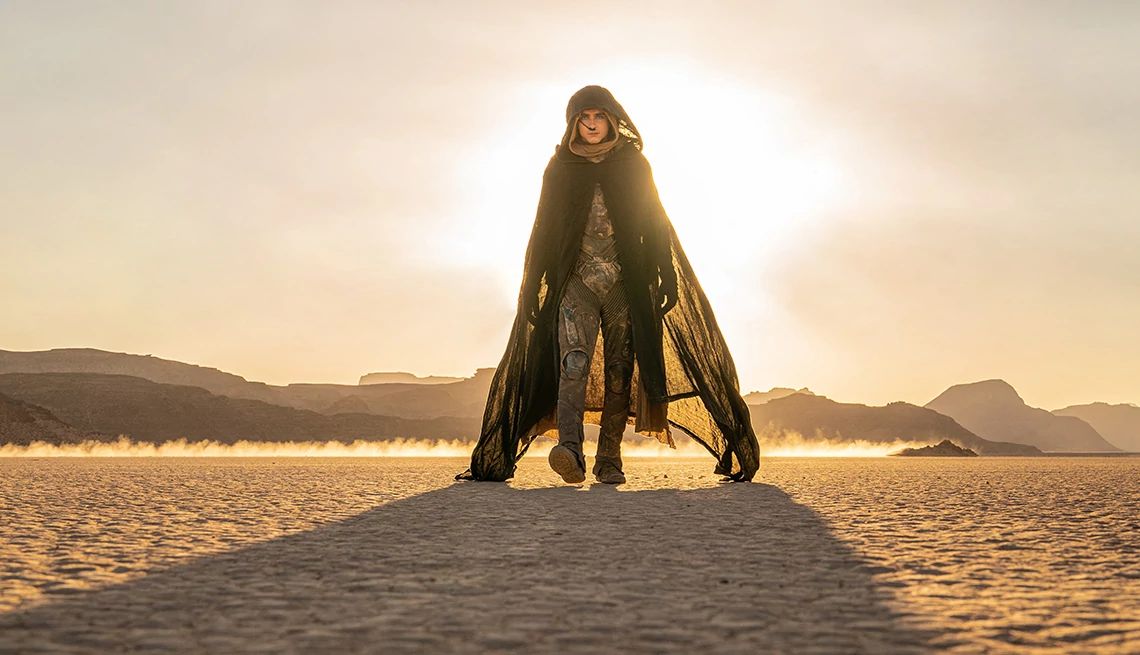
It’s a revenge story.
In the previous Dune, we met Paul Atreides (Timothée Chalamet), whose dad, Duke Leto Atreides (Oscar Isaac), ruled the desolate desert planet Arrakis, famous for its giant sandworms and its vast mines of “spice,” a much-craved hallucinogen with life-extending effects. House Atreides’ rival, House Harkonnen — led by the bald, deathly pale, obese fascist psycho Baron Harkonnen (Stellan Skarsgard, 72) — invaded Arrakis and killed Duke Leto.
Paul fled into the remote reaches of the desert and met the Fremen, the indigenous people of Arrakis (whose culture is like a combination of Bedouin and Native American). The Fremen (sounds like “free men”) want freedom from the Harkonnens. Their warrior leader Stilgar (Javier Bardem, 54), whose name is an amalgam of “steel” and “guardian,” becomes Paul’s mentor, like Obi-Wan Kenobi with a better sense of humor. Another Fremen warrior, Chani (Zendaya), teaches Paul the Fremen ways and looks to be Paul’s love interest.
At the end of the first movie and the beginning of Part Two, Paul is out to avenge his dad’s death.






























































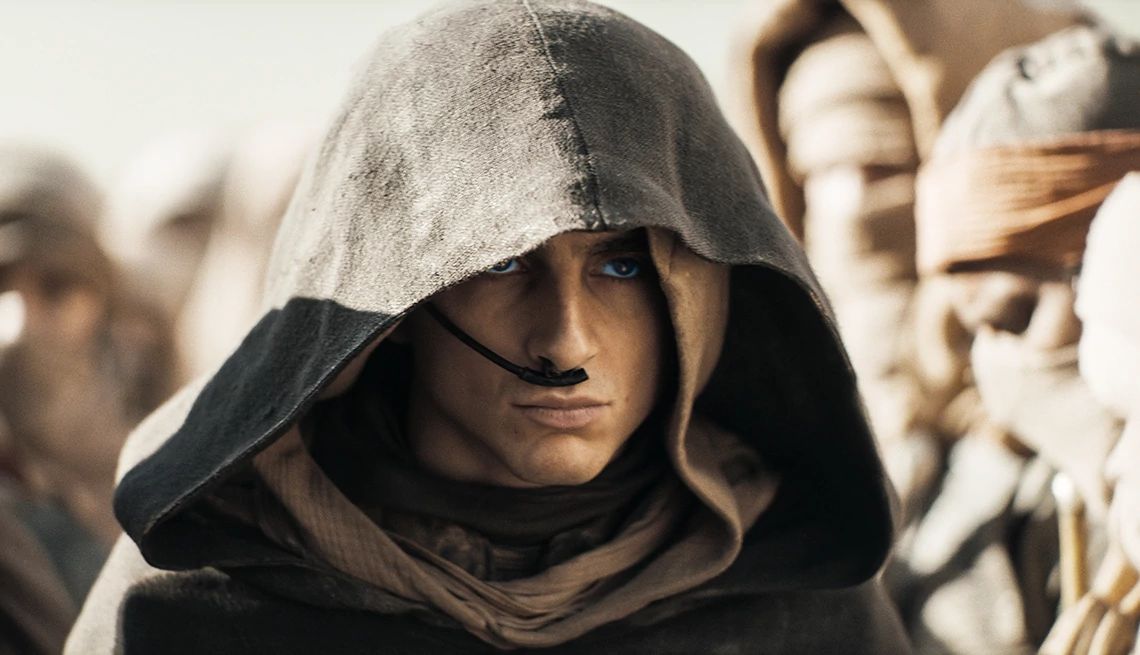
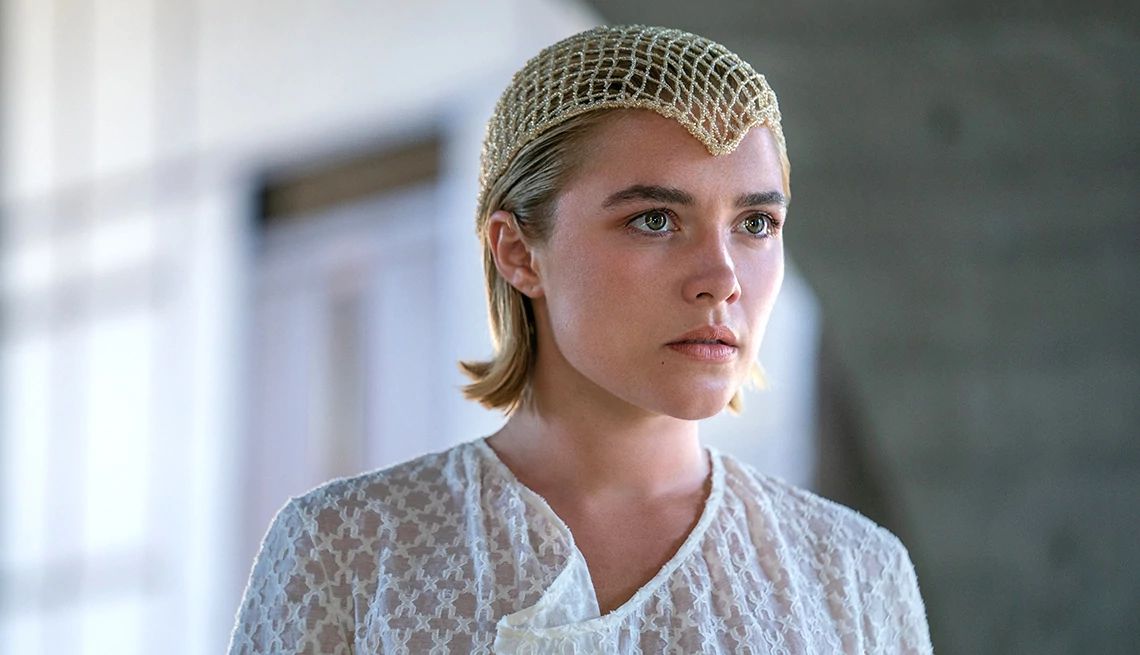

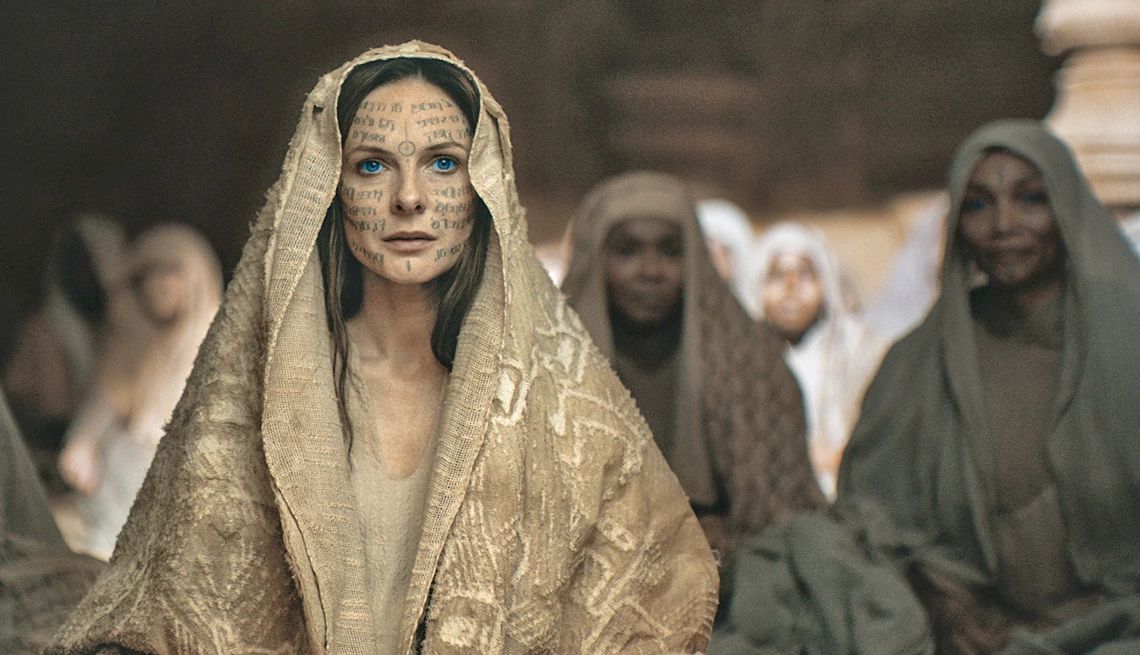

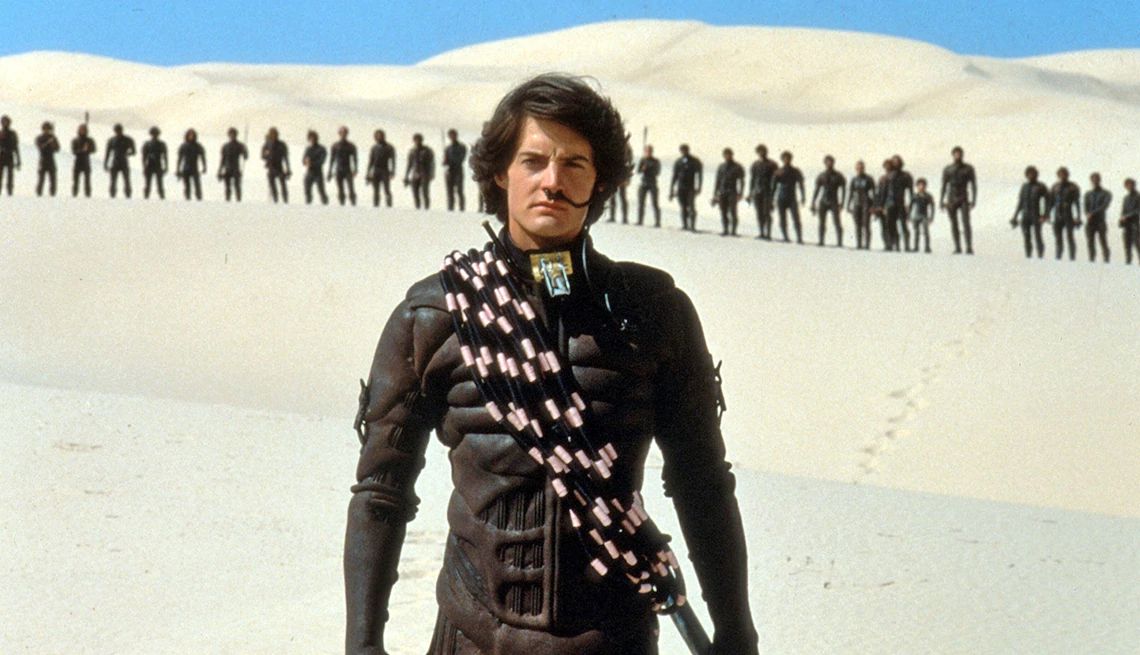
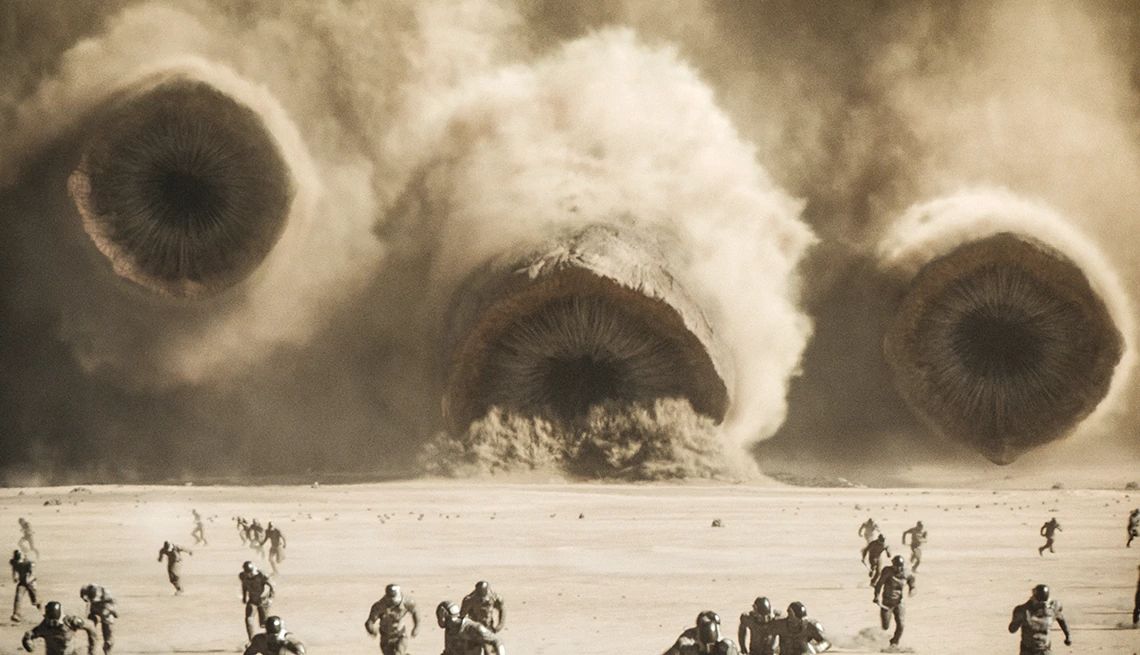






More From AARP
A Grownup's Guide to 'Star Wars'
Here are all of the Force-ful films, ranked from worst to best
Ruth E. Carter: Designing Black History on Screen
Academy Award winner speaks with AARP about her life and careerRobert De Niro, 80, Reflects on Life, Fatherhood, Family
The Oscar nominee for ‘Killers of the Flower Moon’ shares the secrets to his legendary career
Recommended for You